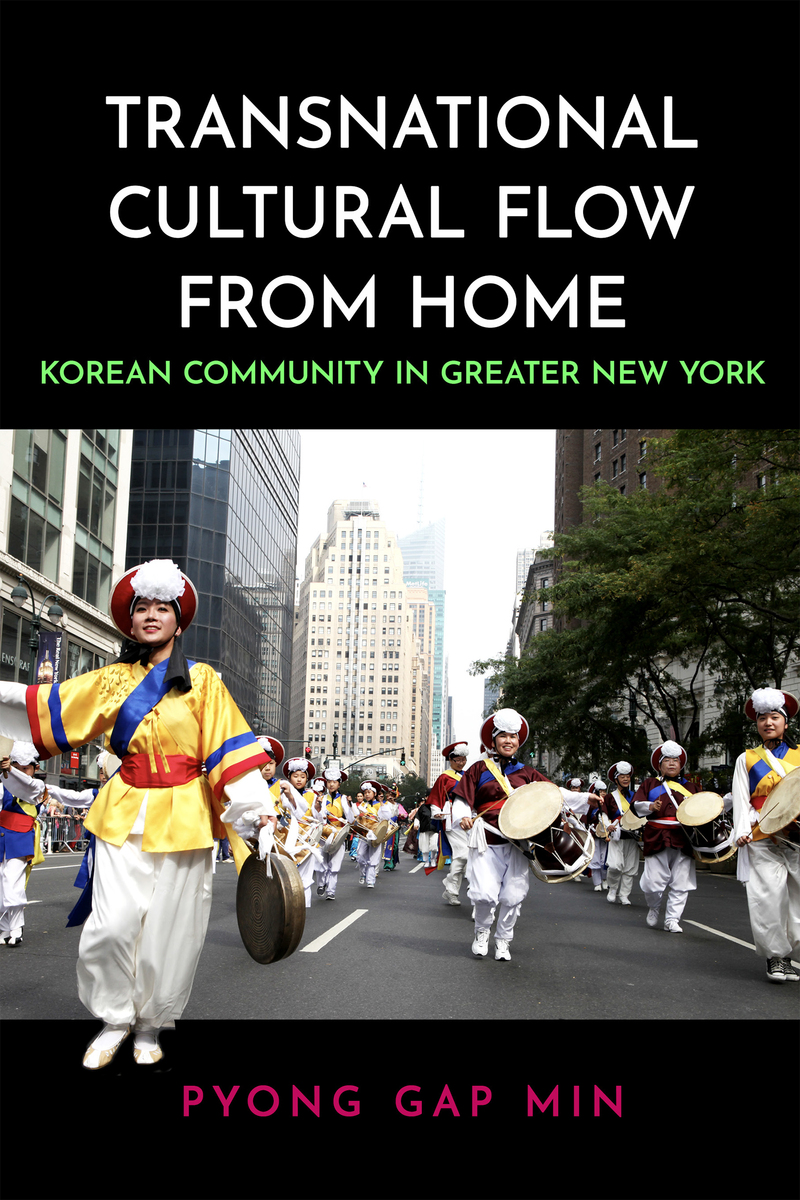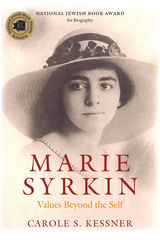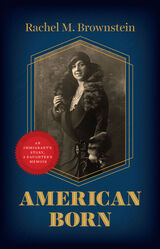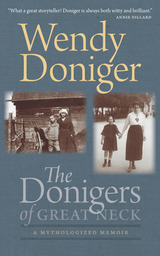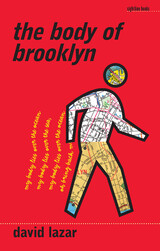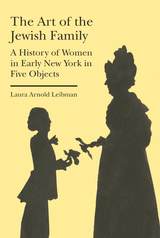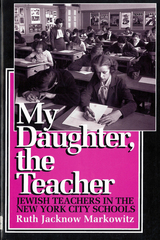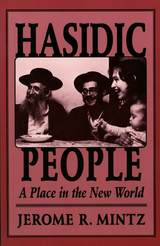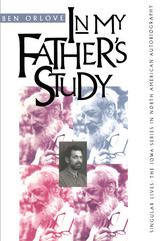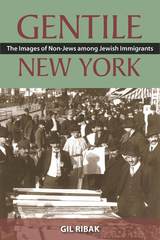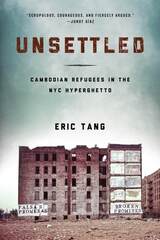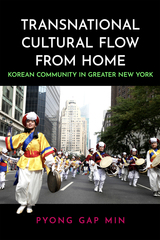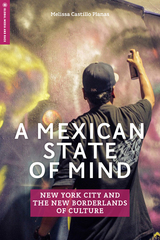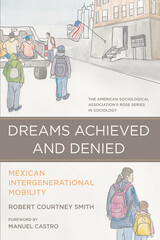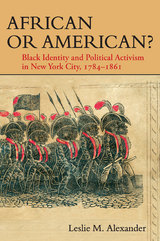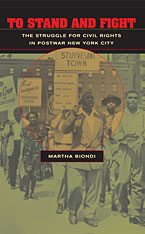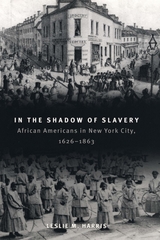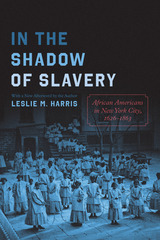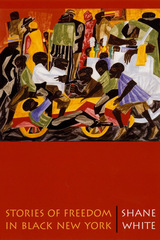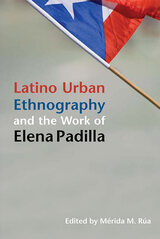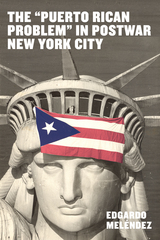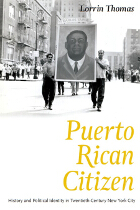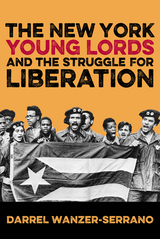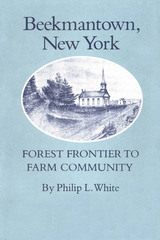Transnational Cultural Flow from Home: Korean Community in Greater New York
Rutgers University Press, 2023
Cloth: 978-1-9788-2715-8 | Paper: 978-1-9788-2714-1 | eISBN: 978-1-9788-2716-5 (ePub) | eISBN: 978-1-9788-2717-2 (PDF)
Library of Congress Classification F128.9.K6M574 2023
Dewey Decimal Classification 305.895707471
Cloth: 978-1-9788-2715-8 | Paper: 978-1-9788-2714-1 | eISBN: 978-1-9788-2716-5 (ePub) | eISBN: 978-1-9788-2717-2 (PDF)
Library of Congress Classification F128.9.K6M574 2023
Dewey Decimal Classification 305.895707471
ABOUT THIS BOOK | AUTHOR BIOGRAPHY | REVIEWS | TOC
ABOUT THIS BOOK
When the first wave of post-1965 Korean immigrants arrived in the New York-New Jersey area in the early 1970s, they were reliant on retail and service businesses in the minority neighborhoods where they were. This caused ongoing conflicts with customers in black neighborhoods of New York City, with white suppliers at Hunts Point Produce Market, and with city government agencies that regulated small business activities. In addition, because of the times, Korean immigrants had very little contact with their homeland. Korean immigrants in the area were highly segregated from both the mainstream New York society and South Korea. However, after the 1990 Immigration Act, Korean immigrants with professional and managerial backgrounds have found occupations in the mainstream economy. Korean community leaders also engaged in active political campaigns to get Korean candidates elected as city council members and higher levels of legislative positions in the area. The Korean community's integration into mainstream society also increasingly developed stronger transnational ties to their homeland and spurred the inclusion of "everyday Korean life" in the NY-NJ area.
Transnational Cultural Flow from Home examines New York Korean immigrants’ collective efforts to preserve their cultural traditions and cultural practices and their efforts to transmit and promote them to New Yorkers by focusing on the Korean cultural elements such as language, foods, cultural festivals, and traditional and contemporary performing arts.
This publication was supported by the 2022 Korean Studies Grant Program of the Academy of Korean Studies (AKS-2022-P-009).
Transnational Cultural Flow from Home examines New York Korean immigrants’ collective efforts to preserve their cultural traditions and cultural practices and their efforts to transmit and promote them to New Yorkers by focusing on the Korean cultural elements such as language, foods, cultural festivals, and traditional and contemporary performing arts.
This publication was supported by the 2022 Korean Studies Grant Program of the Academy of Korean Studies (AKS-2022-P-009).
See other books on: Asian Studies | Home | Korean Americans | New York (N.Y.) | New York Metropolitan Area
See other titles from Rutgers University Press
